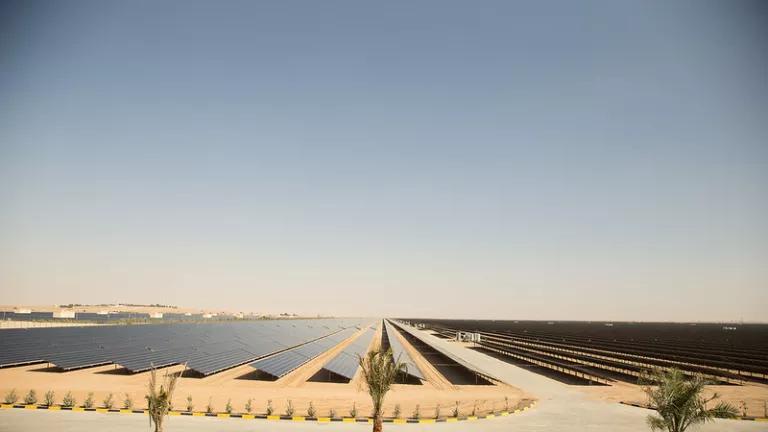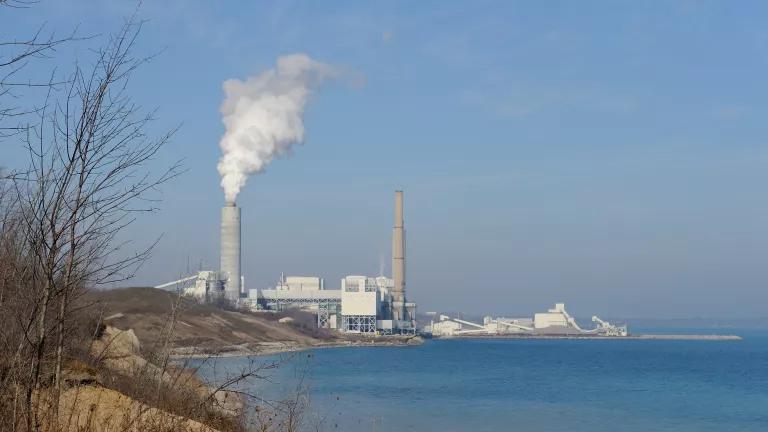Green Finance Approaches and Criteria: The G20 and China

This is the second blog in a special three-part series on green finance in China.
At the close of the 2016 G20 Summit in Hangzhou last month, the G20’s Green Finance Study Group (GFSG), a group of countries and relevant international institutions chaired by China and the UK with support from the United Nations Environment Programme, released a Green Finance Synthesis Report. This Synthesis Report explains the importance of green finance in sustainable development, explores challenges for increasing green financial flows, and lays out seven policy recommendations for countries to create enabling environments for green finance.
Prior to and separate from the release of the Synthesis Report, on August 31, 2016, the People’s Bank of China (PBOC), along with six other government agencies and commissions, released a set of Guidelines for Establishing the Green Financial System, with the goals of establishing a sound green financial system in China in order to “mobilize and incentivize more private capital to invest in green industries, and more effectively control investments in polluting projects.”
Three of the main challenges to green finance covered in the Synthesis Report, and also mentioned in our previous blog on green finance prior to the G20, are (1) how to appropriately and cost-effectively internalize environmental externalities, (2) the absence of clear definitions and guidelines for what constitutes green finance, and (3) the lack of adequate environmental information reporting and transparency. This blog will explore how these challenges were addressed in the Synthesis Report and in China’s PBOC guidelines, and also share some promising new developments in China on green finance.
Environmental Externalities
The Synthesis Report highlights the difficulties companies, financial institutions, and governments often face in terms of internalizing environmental externalities. Failure to internalize costs properly leads to under-investment in green activities. Without a proper long-term, cost-benefit analysis of renewable projects that incorporates such factors as reductions in pollution or improvements in the quality of life, the return on investment for renewable projects appears too low to attract sufficient financing. Taking environmental externalities into account when considering a company’s budget is also complicated by a general lack of understanding of the true risks and returns of projects. This is because the assessment of “true environmental risks” is relatively new to most banks and institutional investors, as explained by the Synthesis Report.
The Synthesis Report discusses a number of existing country and market practices that have been used to address the problem of environmental externalities. In addition to fiscal and environmental policies, they include such measures as guarantees, concessional loans, demonstration projects, adoption of risk management principles and methods, and green labeling. The Synthesis Report also recommends that the G20/GFSG consider “encouraging a dialogue, involving the private sector and research institutions to explore environmental risk, including new methodologies related to environmental risk analysis and management in the finance sector.”
The PBOC guidelines specifically state that green finance requires the “internalization of environmental externalities” through the support of “policies, laws, and regulations in the financial, fiscal, and environmental areas.” This is an important first step, and we await more details in the policies, laws and regulations to follow.
Defining Green Finance
Clear definitions and guidelines for what constitutes green finance are essential for investors, companies, and banks. As the Green Finance Synthesis Report explains:
[The lack of] appropriate definitions of green finance, which is the basis for internal budgeting, accounting and performance measurement for financial institutions, [makes] it difficult for [potential investors] to allocate financial resources for green projects and assets.
The Synthesis Report notes that there have been efforts in some countries and markets to develop green finance definitions and indicators. Building on these efforts, the Synthesis Report suggests that the G20 and country authorities could promote an initiative to work on green finance indicators and associated definitions (though they do not recommend a one size fits all approach) and to consider options for the analysis of the economic and broader impacts of green finance.
The PBOC guidelines define green finance as:
financial services provided for economic activities that are supportive of environment improvement, climate change mitigation and more efficient resource utilization. These economic activities include the financing, operation and risk management for projects in areas such as environmental protection, energy savings, clean energy, green transportation, and green buildings.
While the PBOC guidelines include a comprehensive definition of green finance, much work is still needed to flesh out this definition and implement it in practice. Working with the G20 and other countries to develop commonly acceptable green finance indicators and definitions, as suggested in the Synthesis Report, could help accelerate this process while also sharing China’s experience with other countries.
Bolstering Environmental Accountability in Green Finance
The Synthesis Report notes that the lack of disclosure of environmental information by companies, the lack of consistent and reliable “labeling” of green assets, the scattering of data among many government agencies, and financiers’ lack of information about the commercial viability of green technologies are all major barriers to green finance. The Report notes that “this lack of information and policy uncertainty results in excessive risk aversion by investors towards projects in renewable energies, new energy vehicles and energy saving technologies.”
The Report notes that a number of countries have tried to address these challenges through such measures as voluntary disclosure guidelines for environmental impact and related financial risks, green bond verification, risk mitigation, policy signals, and demonstration projects. The Synthesis Report recommends that countries, international organizations and the private sector work together to develop, improve, and implement voluntary principles for green finance, which could, among other things, help to bolster environmental disclosure.
Similarly, the PBOC guidelines demonstrate that China’s central government and its agencies acknowledge the importance of environmental information reporting and transparency in achieving sustainable economic growth. The PBOC guidelines also recommend transparent emissions data reports from companies and those issuing bonds.
New Developments in China
In addition to the PBOC Guidelines, the Chinese government has been taking other steps to help build green finance into the country’s financial infrastructure. On September 2, 2016, the state-owned China Central Depository & Clearing Co. Ltd. (CCDC) partnered with the Climate Bonds Initiative (CBI) and CECEP Consulting to announce the launch of the ChinaBond China Climate-Aligned Bond Index. As the first climate-aligned bond index in the world, the bond index works to identify a list of bonds that support low-carbon and climate resilient projects. The definition for low-carbon and climate resilient projects will be determined by the Climate Bonds Taxonomy and the China Green Bond Endorsed Project Catalogue. The purpose of the bond index is to create an enabling environment for investors seeking exposure to green investments in China. In creating this new bond index, China is trying to align its green standards with international standards to benefit from environmental, social, and governance investment flows. Such a move is essential: the G20 Synthesis Report cites the China Green Finance Task Force as saying that 85% of green investment must be financed by private capital.
In addition to governmental action, China’s financial institutions are also increasing their work on green finance. Some of these institutions have begun to make efforts to track the environmental performance of businesses. For example, the Industrial and Commercial Bank of China (ICBC) established a database that measures the environmental performance of businesses. It bases its measurement criteria on Chinese national environmental legislation, thus creating “an accountability system for environmental compliance.” With increasing awareness of the importance of real-time environmental data disclosure, we anticipate that even more third parties and financial institutions will opt-in to contribute to a more robust environmental data reporting system.
What’s next?
The move towards a global green financial system requires individual countries to develop their respective green financial sectors. China’s government and financial institutions are currently some of the most influential actors in establishing green finance.
In highlighting the importance of environmental protection in the country’s development strategy, as well as creating the baseline guidelines for green finance, China has taken a critical step towards bolstering its green finance sector. PBOC’s guidelines reflect the country’s steady commitment to sustainable economic development through green finance. While the guidelines are an important step in the right direction, strong implementation will be the key to the success of the green finance sector in China. In our next blog on Green Finance in China, we will discuss green finance and Chinese cities.
This post was co-authored by NRDC Princeton in Asia Fellow Annie Wang, the China Program's Winslow Robertson, and China Environmental Law Project Director Wang Yan.



